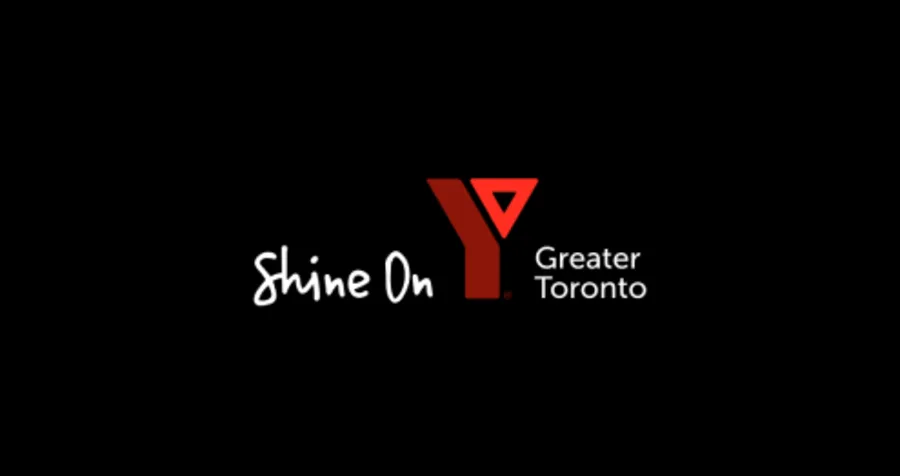Disabilities are not Always Visible

Recently the Ontario Human Rights Commission published a report, By The Numbers, sharing results from the 2012 Canadian Survey on Disability, which surveyed people aged 15 and over. In this we learn that 15.4% of Ontarians report having a disability and of all Ontarians who report a disability, almost one-third (30.9%) report a mental health or addiction disability.
When we think about disabilities, we tend to think of people who use wheelchairs and who have physical disabilities that are visible; but disabilities can also be non-visible as is the case with many mental health or addiction disabilities. We cannot always identify a disability simply by looking at someone.
Individuals we come in contact with may have conditions of the mind and body that can impair their ability, causing them great pain or discomfort, or making it exceedingly difficult for them to meet basic social and personal needs; yet these conditions may not be apparent to others in the course of regular personal interactions.
If we don’t see a disability does it mean it doesn’t exist?
When individuals are not ‘seen’ as disabled even though they suffer from impairment, it can be more difficult for them to secure assistance or the accommodation they need to function effectively. Those whose disabilities are non-visible may also have to convince other people that they really are disabled or justify their need for accommodations. If we make assumptions that all people we view who appear to be able-bodied are non-disabled we risk alienating many individuals.
For an individual to reveal a non-visible disability, they also run a risk of facing social stigmas; disapproval, humiliation, judgements and disbelief. Too often we judge by what we see on the surface and according to the social norms we are used to without fully understanding the situation.
How can we make our environments and services more accessible?
We can challenge our own assumptions about what a disability may or may not look like. Disbelief or ignoring a non-visible disability is a barrier to inclusion, meaning it makes it more difficult for individuals with non-visible disabilities to find supportive environments where they can be productive and maintain their dignity and independence. There are many kinds of disabilities – some are visible, some not, but one thing is true; our attitudes and how we think and act can make all the difference.
Let’s make the difference. Let’s ask the question: how can we make our environments and services more accessible to all, rather than making individuals feel the burden to disclose their disability?
December 3rd is International Day for Persons with Disabilities and this year’s theme is: Inclusion Matters: Access and Empowerment of People of all Abilities. We encourage you to visit the United Nations website and learn more.










